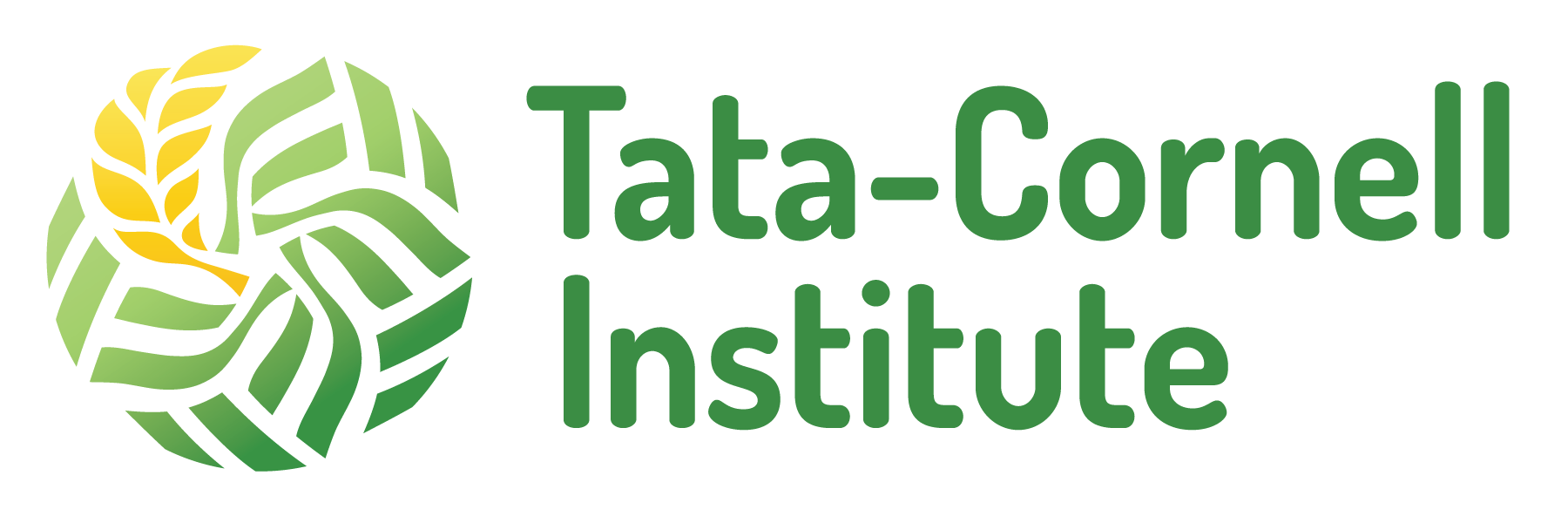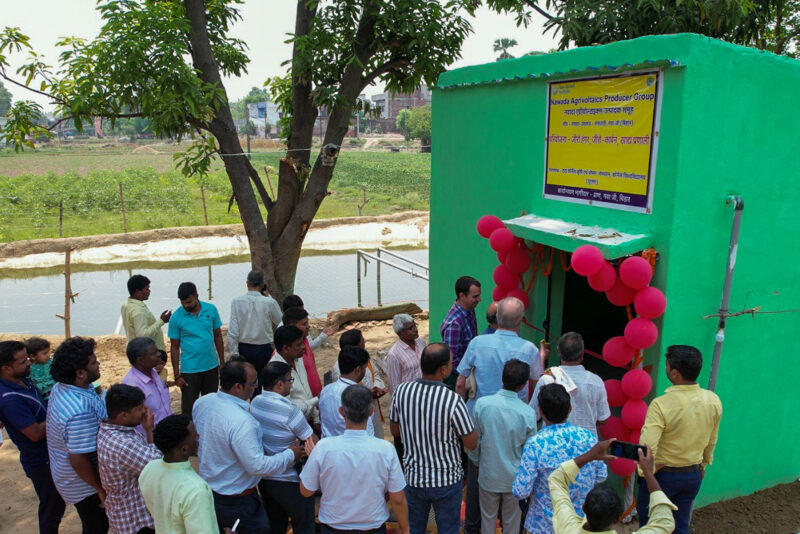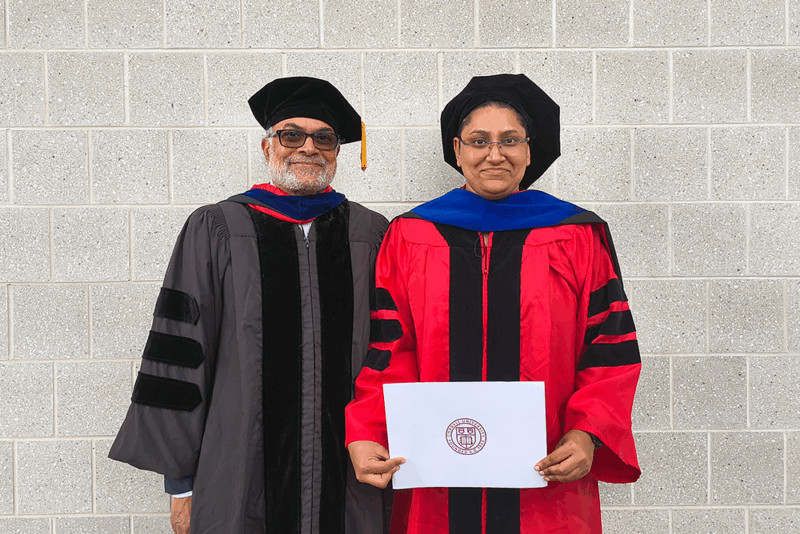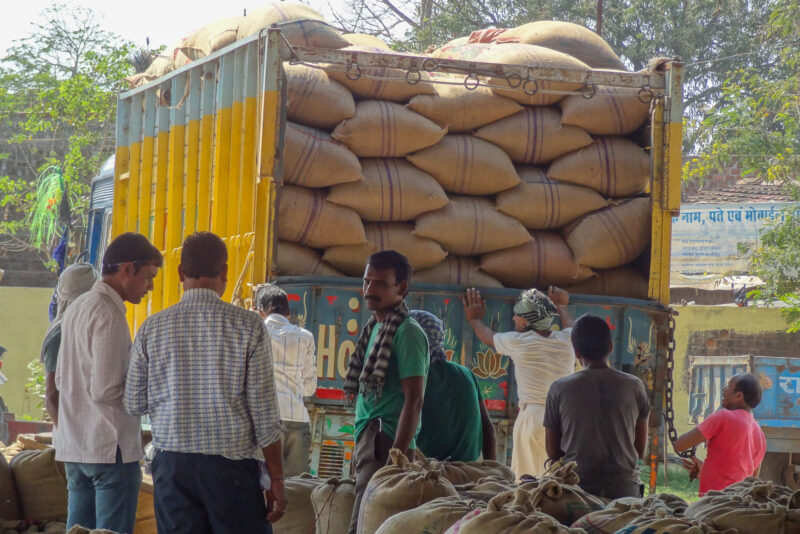The First Step to Reducing Food Loss and Waste Is Deciding What It Is
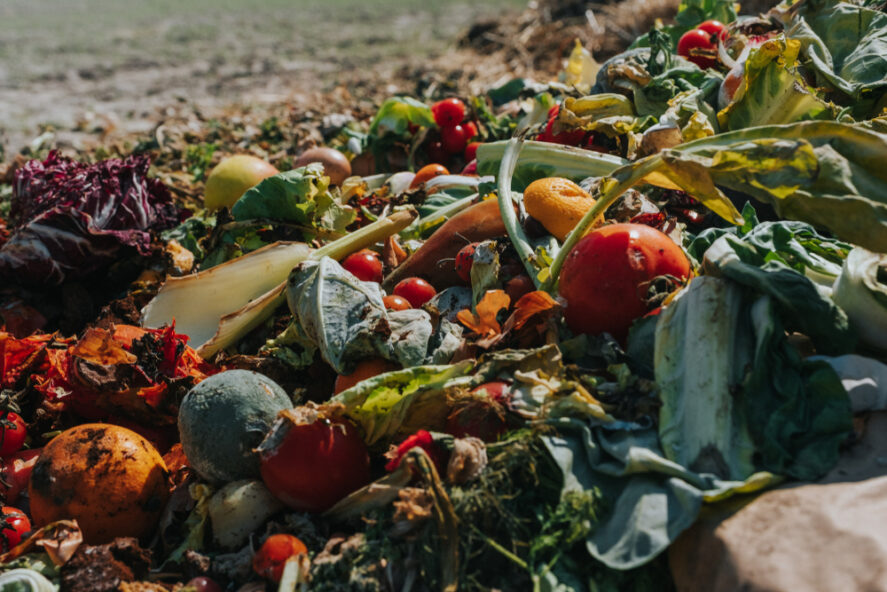
As it makes its journey from the farm to consumers’ plates, around a third of the total food produced in the world is lost or wasted. Reducing such waste is key to efforts to achieve sustainable food systems, but before significant progress can be made, researchers must first agree on exactly what they mean by “food loss and waste.”
In a new study published in the journal Global Food Security, researchers from the Tata-Cornell Institute for Agriculture and Nutrition (TCI) show that databases tracking food loss and waste use definitions that differ in important ways. For example, while some databases may count losses that occur during harvest or slaughter operations, others only count losses that occur after harvesting.
“A harmonized definition of food loss and waste is important for interpreting and comparing data, evaluating loss and waste management efficiencies, and identifying evidence gaps across supply chain stages, food groups, and geographic contexts,” said TCI Postdoctoral Associate Jocelyn Boiteau, the lead author of the study.
The researchers identified a number of similarities and differences across key elements of food loss and waste definitions: perspective, timing, scope, terminology, criterion, and type. The perspective through which a definition is applied has important implications for other elements of the definition. For example, a database that views food loss and waste as a food security issue would count food diverted to animal feed as waste, while a database focused on environmental sustainability likely would not. Instead of stakeholder perspectives driving specific food loss and waste definitions, the authors suggest that a single, harmonized definition be broad enough to apply to many perspectives.
“A harmonized definition of food loss and waste is important for interpreting and comparing data, evaluating loss and waste management efficiencies, and identifying evidence gaps across supply chain stages, food groups, and geographic contexts,” said TCI Postdoctoral Associate Jocelyn Boiteau, the lead author of the study.
Based on their review, Boiteau and her co-author, TCI Director Prabhu Pingali, determined that a 2014 definition of food loss and waste put forth by the Food and Agriculture Organization of the United Nations (FAO) is both comprehensive and globally applicable. Under that definition, food loss and waste is “a reduction in the quantity or quality of the edible portion of food intended for human consumption when food is redirected to non-food uses or when there is a decrease in the nutritional value, food safety, or other quality aspects from the time food is ready for harvest or slaughter to consumption.”
The 2014 definition was proposed by the FAO’s Global Initiative on Food Loss and Waste Reduction, with contributions from over a dozen institutions and organizations. It was intended as a global reference for stakeholders to use within their operations to manage food loss and waste. Boiteau and Pingali found that the definitions used by several of the largest food loss and waste data sources align with the FAO definition in regard to scope, stages, and criteria.
“We conclude that everyone should be using the FAO definition moving forward,” Boiteau said. “At the same time, we make the important distinction between definition and measurement frameworks. While we want to have a single definition of what is meant by food loss and waste, there will need to be many context-specific approaches to measurement.”
Crucially, Boiteau and Pingali found that the definitions used by the indicators for United Nations Sustainable Development Goal 12.3, which aims to halve per capita global food waste at the retail and consumer levels and reduce food losses along production and supply chains, do not completely align with the definitions used by most major data sources. The Food Loss Index and Food Waste Index definitions differ from the others on utilization and eligibility, as they do not consider food diverted to economically productive uses to be waste and count both edible and non-edible portions as waste.
“The SDG 12.3 indicators use food loss and waste data aggregated from different sources covering many countries, supply chain stages, and types of food,” Boiteau said. “When the indicators use a different definition than the data sources, it can limit the comparability of estimates. Once the data are aggregated, we lose information on how the original sources defined food loss and waste and what the aggregated estimates actually reflect.”
Featured image: Discarded vegetables sit on a farm. (Photo by Janosch Kunze/Shutterstock)

